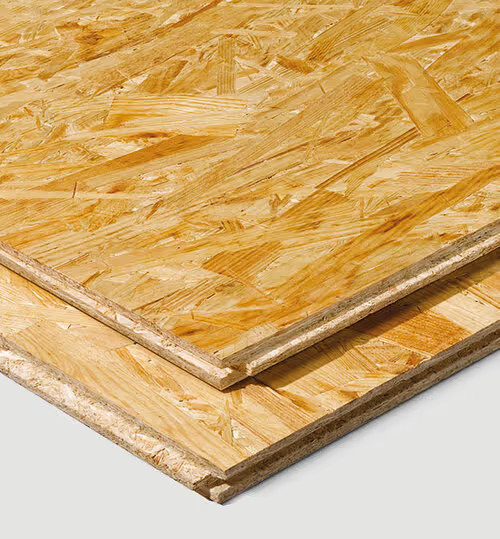ALL ABOUT SUBFLOORS: WHAT YOU NEED TO KNOW
All About Subfloors: What You Need to Know – A Homeowner’s Friendly Guide
Hey there, friends! Are you planning a flooring project or simply curious about what lies beneath your lovely floors? Well, it's time to talk about an unsung hero in our homes: the subfloor. This guide is all about subfloors – what they are, why they're important, and what you need to know to keep them in tip-top shape. So, let's dive in and explore the world beneath our feet!

What is a Subfloor, Exactly?
In simple terms, a subfloor is the foundational layer sitting right underneath your visible flooring. Whether you have hardwood, carpet, or tile, the subfloor is the base that supports it all. It's usually made of plywood or OSB (oriented strand board) and is crucial for providing stability and support to your flooring.
Types of Subfloors You Might Encounter
Depending on when your home was built or its specific construction, you might find different types of subfloors:
- Plywood: A popular choice for its strength and durability.
- OSB: Known for being cost-effective and sturdy.
- Concrete: Common in basements or homes without a basement.

Why is the Subfloor Important?
Think of your subfloor as the backbone of your flooring. It needs to be strong, flat, and stable. A well-maintained subfloor:
- Supports Your Floor: It holds up whatever type of flooring you have, ensuring it stays even and secure.
- Prevents Moisture Damage: A good subfloor helps protect against moisture from below, which is especially important in areas like bathrooms or basements.
Signs of Subfloor Problems
Keep an ear and eye out for these signs:
- Squeaky Floors: Often a tell-tale sign of subfloor issues.
- Uneven Flooring: If your floors feel bumpy or uneven, the subfloor might be to blame.
- Visible Damage: Things like water stains or visible warping can indicate subfloor damage.

Maintaining and Repairing Your Subfloor
- Regular Checks: It's a good idea to inspect your subfloor during any major flooring project.
- Repairing Damage: Addressing issues like moisture damage or warping promptly can save you from bigger problems down the road.
- Professional Help: If you're unsure about the state of your subfloor, getting a professional opinion is always a smart move.
Choosing the Right Subfloor for New Flooring
If you’re installing new floors, picking the right subfloor is crucial:
- Match the Material: Different flooring types need different subflooring. For example, tile might require a more moisture-resistant subfloor.
- Consider Thickness: The thickness of your subfloor can also impact its performance and suitability for your flooring choice.
Conclusion: The Foundation of Great Flooring
In the grand scheme of home renovation and design, subfloors might not seem glamorous, but they're absolutely essential. Understanding and caring for your subfloor can make a world of difference in the longevity and stability of your beautiful floors. Whether you're laying down new hardwood or freshening up your carpets, remember to give a little love to the subfloor underneath – your feet will thank you!
Ready to schedule your free at home estimate?
We guarantee a detailed, competitive assessment, and customer service you won’t find anywhere else.
Feel free to call at 425-595-1079 or email us to info.ocflooring@gmail.com
SERVING: Lynnwood, WA Everett, WA Bothell, WA Mill Creek, WA Marysville, WA Seattle, WA Kirkland, WA Redmond, WA Bellevue, WA Woodinville, WA Edmonds, WA Mukilteo, WA Shoreline, WA
North Bend, WA Renton, WA Sammamish, WA Kenmore, WA Snohomish, WA





